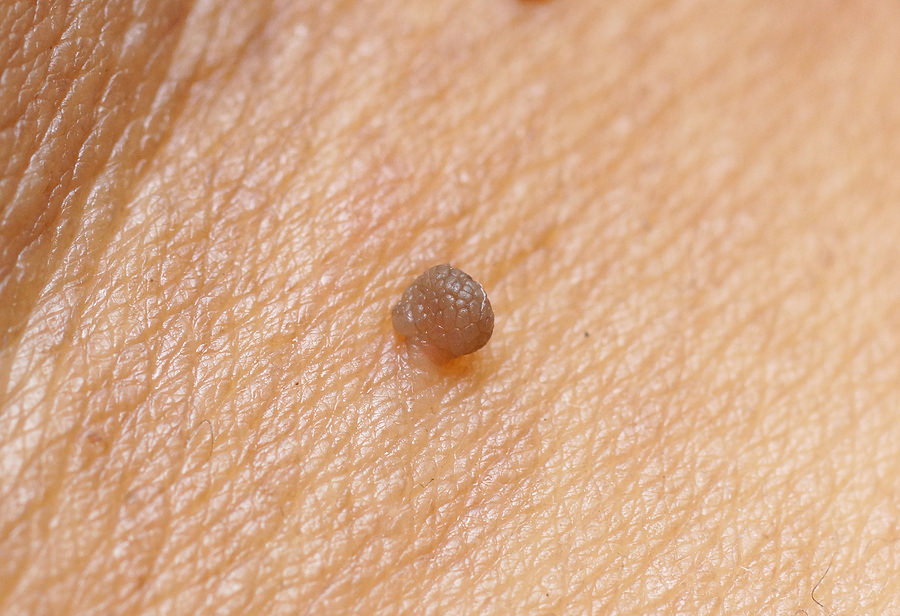The People's Pharmacy - The People's Pharmacy

We frequently get questions about home remedies to remove the "barnacles" that appear on our skin as we age. Doctors call this type of skin spot a seborrheic keratosis. Here is a link to a collection of dermatological photographs. You can't catch them from somebody else, although you may be more likely to develop them if they run in your family. We have not yet learned of an effective remedy to get rid of these extremely common spots.
Will Hydrogen Peroxide Eliminate Seborrheic Keratosis?
Q. Is there a natural way to get rid of a seborrheic keratosis? I have heard that putting hydrogen peroxide on these spots might be helpful.
A. You can identify these as tan, brown or black skin growths that may be rough and are usually raised. They are benign and usually cause no trouble. We tend to collect more as we grow older. You should always have a dermatologist check such growths, especially if they change, to make sure that they are not anything more serious such as a skin cancer.
You are correct that topical hydrogen peroxide (H202) can be used to treat these unsightly growths. It is not a natural treatment, however, and it is definitely not a do-it-yourself project. Over-the-counter hydrogen peroxide is 3 percent H202 and is not likely to be helpful.
Prescription Strength Hydrogen Peroxide:
The FDA approved 40 percent hydrogen peroxide under the brand name Eskata to be administered by a health care provider. This expert applies the solution to each seborrheic keratosis four times, with a minute between, during a single office visit.
After the treatment, patients may experience redness, burning, stinging, swelling, blistering or itching. The success rate is modest, ranging from 4 percent to 23 percent clearance.
Other Treatments for Barnacles of Aging:
Sometimes dermatologists will remove these spots surgically, especially if they are located where clothing rubs and irritates them. In most cases, though, insurance providers consider them benign and won't pay for them to be removed. The doctor might also freeze or burn the area. Some dermatologists use special lasers to burn them off.
One very small study found that diclofenac gel (eg Voltaren gel) greatly reduced the area covered by a seborrheic keratosis (Dermatologic Therapy, Nov. 2020). We need more research to determine whether diclofenac gel is effective. However, it is available over the counter. The volunteers in the study applied it twice daily for eight weeks.
Comments
Post a Comment